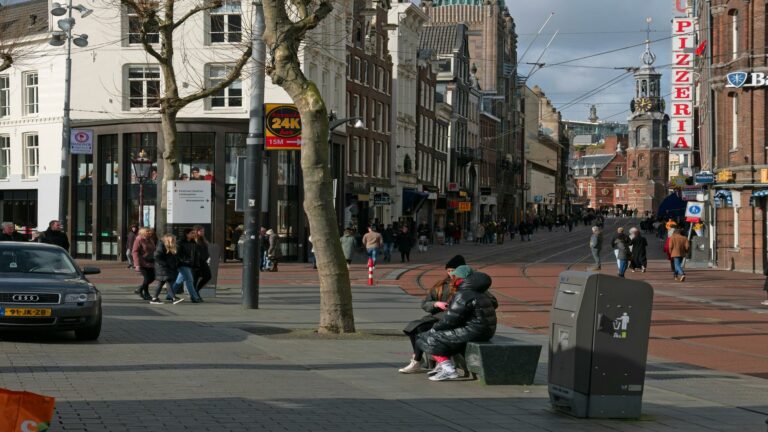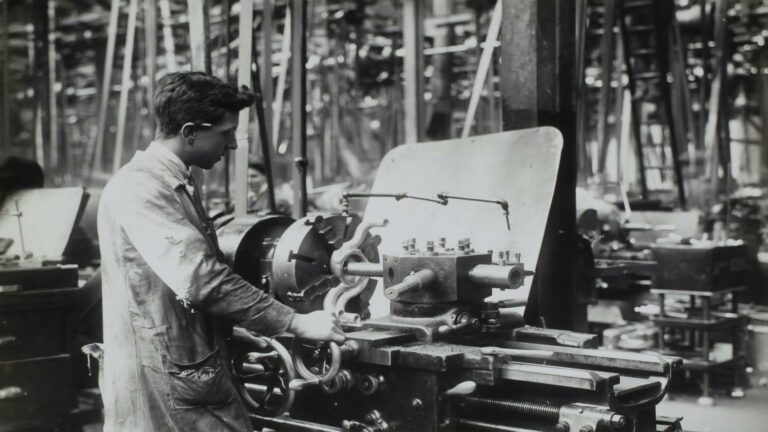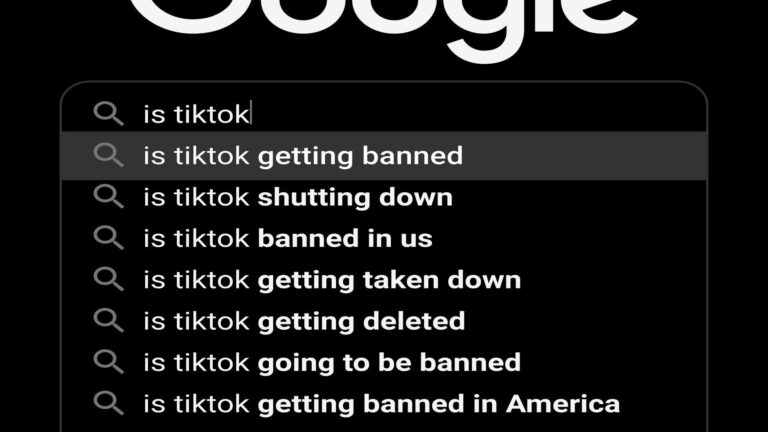Optimize Website Image Sizes: The Ultimate Guide to Faster Loading Times
In today’s fast-paced digital world, website speed is crucial for user experience and search engine rankings. One of the most effective ways to improve your site’s performance is to optimize website image sizes. At Web Design London, we specialize in creating fast, efficient websites that deliver exceptional user experiences. In this comprehensive guide, we’ll explore why image optimization is essential and provide you with practical techniques to reduce image file sizes without compromising quality.
Why Optimizing Website Image Sizes Matters
Why Optimize Website Image Sizes?
Optimizing website image sizes is a crucial aspect of web design and development that can significantly impact your site’s performance and user experience. Let’s explore the key reasons why you should prioritize image optimization:
- Faster page load times: Smaller image files load quicker, improving overall site speed. This is essential for increasing website conversion rates and keeping visitors engaged.
- Enhanced user experience: Fast-loading pages reduce bounce rates and encourage visitors to explore your site further. Optimized images contribute to a smoother browsing experience, which is crucial for effective website design and development.
- Improved SEO performance: Search engines favor faster websites, potentially boosting your rankings. Properly optimized images can contribute to better search engine visibility, aligning with best practices in SEO strategies.
- Reduced bandwidth usage: Optimized images consume less data, benefiting both you and your visitors. This is particularly important for web maintenance and ongoing performance, especially for users with limited data plans or slower internet connections.
- Mobile-friendly experience: With the increasing prevalence of mobile browsing, smaller images that load faster on mobile devices are essential. Following image size guidelines ensures your site remains responsive across all devices, crucial when targeting a local customer base with mobile-optimized designs.
- Improved storage efficiency: Optimized images take up less server space, which can lead to reduced hosting costs and more efficient backups.
- Better content delivery: Optimized images can be more easily delivered through content delivery networks (CDNs), further enhancing your site’s global performance.
By prioritizing image optimization, you’re not only improving your website’s technical performance but also creating a more enjoyable and efficient experience for your users, which can lead to increased engagement, conversions, and overall success of your online presence.
7 Powerful Techniques to Optimize Website Image Sizes
Effective Methods to Optimize Website Image Sizes
Optimizing website image sizes is crucial for improving site performance and user experience. Here are the most effective methods to optimize images for web:
- Resize images: Adjust dimensions to fit your website’s layout without compromising quality. For full-screen images, aim for a width of about 2000 pixels, while most other web graphics can be 1000-1500 pixels wide.
- Compress files: Use tools like ShortPixel or TinyPNG to reduce file size while maintaining visual integrity. Aim for file sizes between 200KB to 500KB for optimal performance.
- Choose appropriate formats: Select the best file type (JPEG, PNG, WebP) based on image content and purpose. WebP is increasingly popular due to its superior compression and quality balance.
- Implement lazy loading: Load images as users scroll, improving initial page load times. This technique is especially beneficial for long pages with multiple images.
- Use responsive images: Serve different image sizes for various screen resolutions. This ensures optimal display across devices, from mobile phones to large desktop monitors.
- Optimize alt text: Provide descriptive alternative text for better SEO and accessibility. Keep alt text concise, under 125 characters, and relevant to the image content.
- Consider image dimensions and aspect ratios: Use appropriate dimensions for different image types. For example, background images work well at 1920×1080 pixels (16:9 ratio), while blog post images are typically 1200×630 pixels (3:2 ratio).
By implementing these techniques, you can significantly improve your website’s performance and user experience. For more advanced optimization strategies or to ensure your images are perfectly optimized for your specific website design, consider consulting with a professional web designer or using specialized image optimization plugins.
Best Practices for Ongoing Image Optimization
Optimize Website Image Sizes
To consistently optimize website image sizes, follow these best practices:
- Establish an image optimization workflow: Create a standardized process for preparing images before uploading them to your site. This can be particularly important for small business website optimization to boost your online presence.
- Use image optimization plugins: If you’re using a CMS like WordPress, consider plugins like Smush or EWWW Image Optimizer to automate the optimization process.
- Regularly audit your images: Periodically review your site’s images to ensure they remain optimized and replace any that could be further compressed. This is an essential part of ongoing web support and maintenance.
- Stay updated with new formats: Keep an eye on emerging image formats like AVIF, which may offer even better compression in the future. Staying current with these technologies is crucial for effective website design and development.
- Educate your team: Ensure everyone involved in content creation understands the importance of image optimization and follows best practices. This is especially important for businesses focusing on local business directory listings and online presence.
How Web Design London Can Help Optimize Your Website’s Images
Optimize Your Website’s Image Sizes for Peak Performance
At Web Design London, we understand the critical role that optimized images play in website performance. Our team of experts can help you elevate your site’s speed and user experience through comprehensive image optimization strategies.
Our Image Optimization Services
- Conduct thorough image audits to identify optimization opportunities
- Implement a tailored image optimization strategy
- Set up automated workflows for ongoing image optimization
- Train your team on best practices for image preparation and upload
- Integrate Content Delivery Networks (CDNs) and configure caching for optimal performance
- Regularly monitor and maintain your site’s image optimization
Our approach goes beyond simple resizing. We employ advanced techniques such as:
- Compression: Utilizing lossless and lossy compression to reduce file sizes without compromising quality
- Format Selection: Choosing the most appropriate image formats (e.g., JPEG, PNG, WebP) based on content and browser support
- Responsive Images: Implementing responsive image techniques to serve appropriately sized images for different devices
- Lazy Loading: Delaying the loading of off-screen images to improve initial page load times
By partnering with Web Design London, you’ll ensure that your website not only looks great but also performs exceptionally well. Our holistic approach to web design, SEO, and marketing means that we consider every aspect of your site’s performance, including image optimization.
Whether you’re in Chelsea or anywhere else in London, our web maintenance services will keep your site’s images optimized and your performance top-notch. Don’t let oversized images slow down your website and hurt your search engine rankings. Optimize your website images today for better design, SEO, and user experience.
Conclusion: The Power of Optimized Images
Optimize Website Image Sizes for Peak Performance
Optimizing website image sizes is a crucial investment in your site’s performance, user experience, and search engine rankings. By implementing effective techniques and best practices, you can significantly improve your website’s speed and efficiency. This is particularly important for mobile-friendly websites, where load times can make or break user engagement.
Key Strategies for Image Optimization
- Choose the Right File Format: Use JPEG for photographs, PNG for images with transparency, and SVG for logos and icons. Selecting the appropriate format can significantly reduce file size without compromising quality.
- Compress Images: Utilize tools like ShortPixel or ImageOptim to reduce file sizes without noticeable quality loss.
- Resize Images: Scale images to the largest size they’ll be displayed on your site. Proper image sizing prevents unnecessary data transfer and improves load times.
- Implement Lazy Loading: This technique delays loading off-screen images until users scroll to them, significantly speeding up initial page load times.
Remember, image optimization is an ongoing process. As new technologies and best practices emerge, it’s essential to stay informed and adapt your strategies accordingly. At Web Design London, we’re committed to staying at the forefront of web technologies, ensuring that our clients’ websites always perform at their best.
The Impact of Optimized Images on SEO
Properly optimized images contribute significantly to your overall SEO strategy. They improve page load speeds, which is a crucial ranking factor for search engines. Moreover, well-optimized images with descriptive file names and alt text can appear in image search results, driving additional traffic to your site.
Optimizing images for WordPress and other content management systems can be streamlined with plugins and built-in tools, making the process more accessible for website owners of all technical levels.
Ready to take your website’s performance to the next level? Contact Web Design London today, and let’s discuss how we can optimize your website’s images and overall performance. Whether you need a complete website design and development overhaul or specific optimizations, we’re here to help. Together, we’ll create a faster, more efficient, and more successful online presence for your business.
Visit Web Design London to learn more about our comprehensive web design, SEO, and marketing services. Let’s optimize your website for success!













